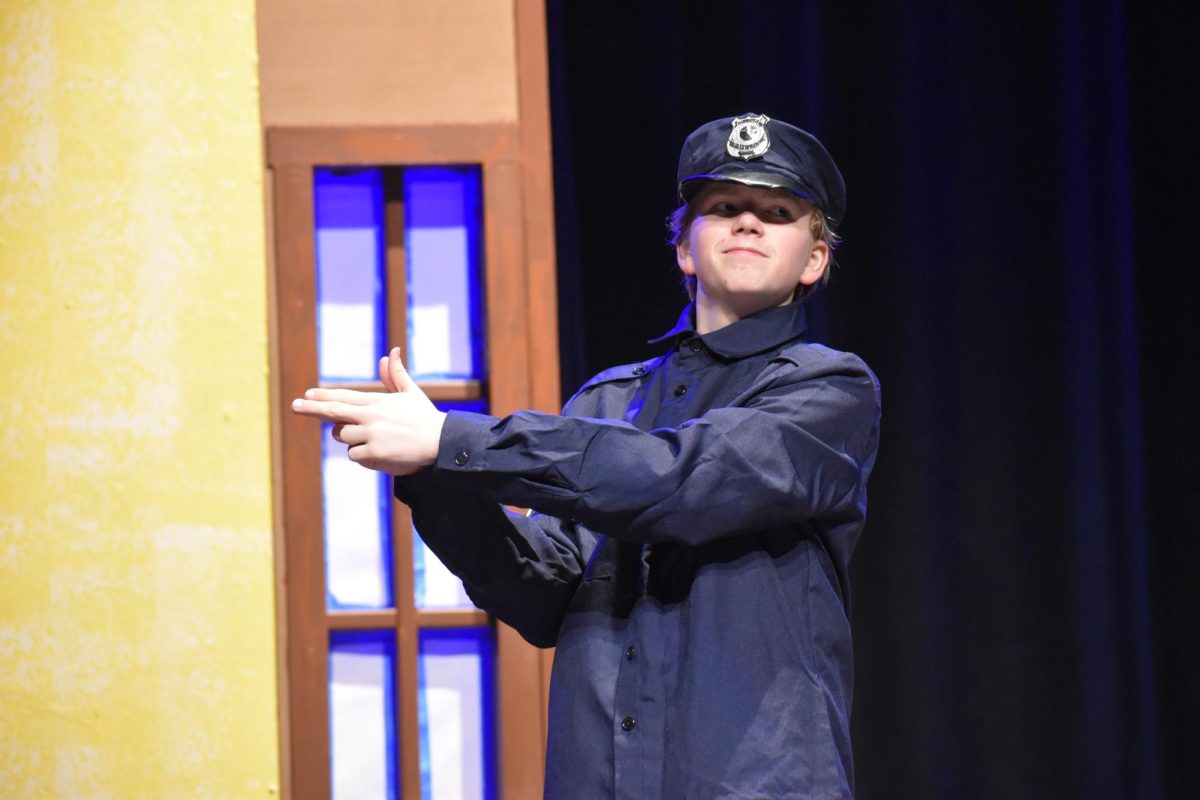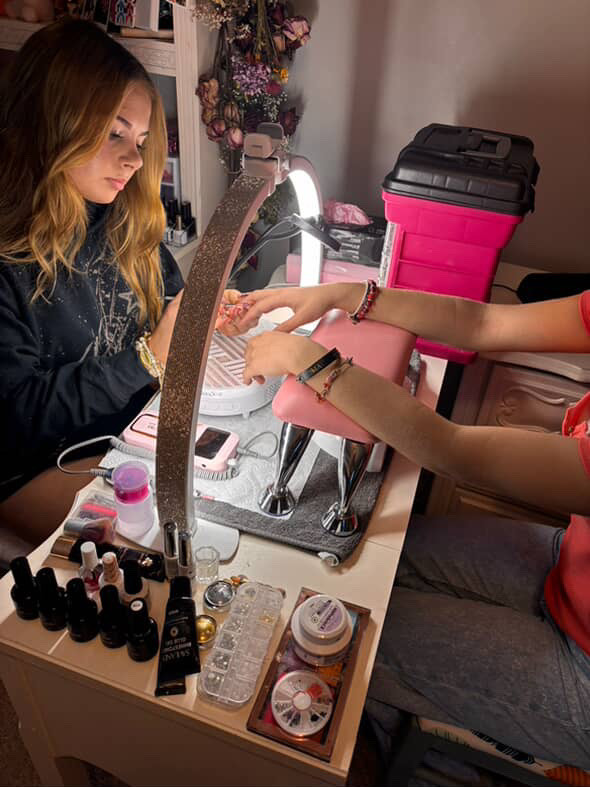A bad idea. Sometimes, that’s all it takes.
The National Institute of Health reports that more than three-quarters of high school students across the United States will attend prom– and that 94% of them believed that one of their classmates has probably consumed alcohol during the event. The Centers for Disease Control states that more than 4,000 individuals under the age of 21 will die from alcohol related incidents each year in the state alone.
A bad idea. So what makes drinking underage normal?
Researchers say that teens often underestimate how detrimental alcohol can be to their physical and mental health. With the way society presents drinking as an accepted habit, the true effects can go often unrecognized.
“The media often depicts it in a way where it’s ‘cool and rebellious and all your favorite characters do it,’” sophomore Lily Pearce said. “But withdrawal can literally kill you.”
When high schoolers are constantly exposed to media that can gloss over, or even glorify, alcoholism, methods of raising awareness become even more necessary– and according to students like Pearce, far more complex.
This is what makes one of Noblesville’s most dangerous times, prom season, so intimidating. Despite the 94% belief that the person next to them might be drinking, the NIH believes that only about 40% of prom attendees actually drink before, or during, the event.
“I think that all the attention we give to drinking during prom makes it a safe time for our students. I think that the breath tests given before prom, and all of the information the school provides about the dangers of drinking and driving, do a good job of educating kids,” said Resource Officer Andrew Reiss. “[We] have staff present in all areas of the venue to make a visible presence for the kids in hopes to deter drinking. In addition, I put in a lesson two times a year in health classes about the dangers of drunk driving using the pedal cars and drunk goggles.”
Not only do these efforts exist in after-school events, they have been integrated into student courses themselves. In reflecting upon their experiences, students who have precipitated say their awareness of the effects of alcohol have grown.
“We live in an age where nearly everything has a backdrop of foamy beer or whiskey”, sophomore Gus Marshall said. “So I believe that health classes which focus on educating about alcohol without glorifying or demonizing it, and allowing students to ask questions in a safe environment, does seriously help offset developments of alcoholism at an early age”.
Not only should this awareness exist at an educational level, but also throughout personal lives.
“I think the best thing we can do as friends is to be aware of friends who are showing signs of an addiction whether to alcohol, drugs or just a vape. If we see a friend that has a problem we owe it to them to try to get them the help they need”, said Reiss.
These efforts have proven beneficial– with the CDC reporting that the rate of drinking in high school was reduced from 50.8% in 1991 to 32.8% in 2015– more than a quarter of students between the ages of 13 and 18 reported having at least one drink in a given month. While this number may never drop to zero, awareness and education on the effects it can have on teenagers is still on the rise. This includes the Noblesville High School Color Guard’s 2025 show, “XII,” which tackled the universality of addiction in current day society.
“Through the use of our different costumes being different profession’s uniforms, it conveys the idea that anyone can become addicted to something”, Said Pearce. “My costume was a doctor, which is someone that you wouldn’t think could become addicted”.
While the rate of teenage alcoholism is on the decline, this trend will only continue if students continue to be properly educated about the dangers of alcohol consumption, and the inaccuracies of drinking “culture”. Sources like the Indiana Center for Recovery are always available for those who are struggling with addiction or binge drinking– and sharing these experiences, detrimental or otherwise, can be a game changer when it comes to the health of student— and their lives within, and outside of, high school.
All it takes is a good idea.









